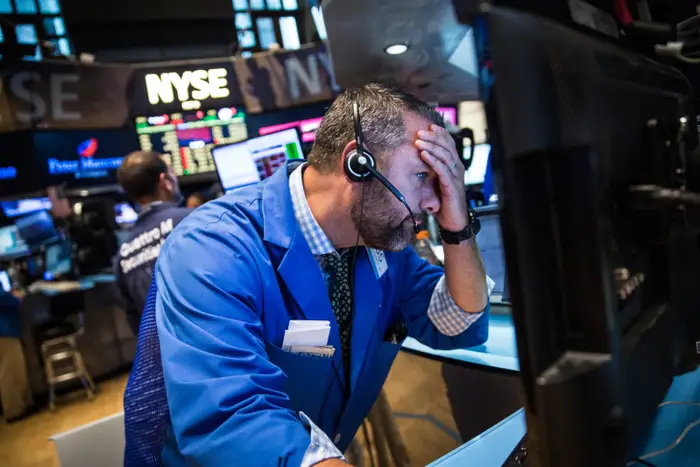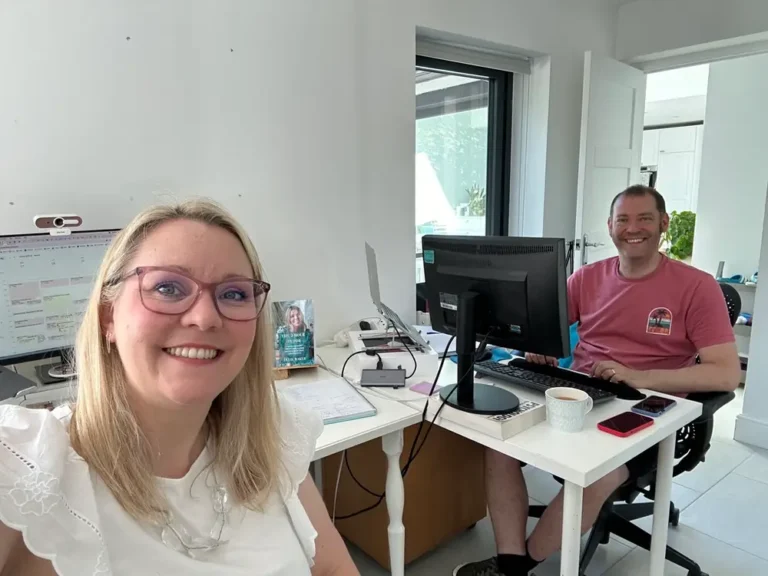How to lock in bond funds returning up to 12% to beat next year’s ‘hard-ish’ landing, according to a chief strategist with $415 billion in fixed income

- George Bory says investors should expect an economic slowdown to continue into 2024.
- He says that diversifying your portfolio with bond mutual funds can provide stock-like returns.
- Four of the funds listed below have Gold Medalist ratings from Morningstar.
Bond yields rose last month, with the 10-year Treasury note reaching around 5%, the highest level since 2007. The yield was near 4.5% on Wednesday.
However, those higher yields may not last forever, according to George Bory, Allspring’s chief investment strategist for fixed income. He stated that now is the time for investors to consider their bond allocations strategically.
Allspring Global Investments, a US-based global asset management firm with $551 billion under advisement, has fixed income at the core of its strategy, with the asset class accounting for the majority — or roughly $415 billion — of its assets.
“When I talk to investors, I just kind of remind them why you buy a bond in the first place,” Bory told Reuters. “It’s just a cash flow, but it has a clear beginning and end.” As a result, a bond is ideal for funding future liabilities. When interest rates are high, you don’t need to save as much to cover that future liability.”
His firm believes that the worst is yet to come for the US economy. It is experiencing a soft landing: growth is slowing, inflation is cooling, and the Fed has effectively halted rate hikes. He expects the slowdown to last until 2024, when economic growth will cease and inflation will likely remain low.
“So in simple terms, it would be considered a hard-ish landing rather than a true hard landing,” he explained. He noted that the latter would be a severe recession, which is still possible.
The good news is that when the economy slows and inflation falls, most bonds, including Treasuries, high-quality corporates, and municipal bonds, perform well.
However, unlike equities, where investors are advised to buy index funds and avoid attempting to outperform the market, bonds are not as efficiently structured, according to him. As a result, investors must gain a better understanding of the asset class.
A fixed income strategy
Treasuries, municipal bonds, investment grade and high-yield corporate bonds, and asset-backed securities such as mortgages are all part of Allspring’s portfolio.
These various categories are frequently overlooked, but fixed-income products with varying durations and levels of risk can be combined to create an overall strategy comparable to stocks, according to him.
However, the risks associated with stocks and bonds are distinct. There are no contractual agreements in place for stocks. You’re betting on the company’s future growth, and it may or may not pay a dividend. He pointed out that bonds are contractual in nature.
Bond risk, on the other hand, stems from the borrower’s ability to repay their obligation. Borrowers have credit ratings that determine the likelihood that an entity will repay its obligations, with AAA (or equivalents) being the most likely and C being the least likely. The highest-quality issuers are referred to as investment grade, with ratings ranging from AAA to BBB-, while lower-rated, high-yield, or junk bonds are rated BB+ to C.
Bory stated that in today’s market, investment grade corporate bonds can yield between 4.5 and 7.5%. However, when ratings fall between BB and CCC, a significant amount of uncertainty is introduced. Over a five-year period, for example, a CCC issuer has a 30% chance of defaulting, he said.
If an investor is willing to take on that higher risk, the market will pay a very high premium with yields ranging from 8 to 16%. He did, however, point out that these firms are exposed to higher leverage and greater volatility.
Debt is expensive today because of the high interest rates. Bory emphasized that the borrowers most vulnerable to default are small-to-midsize businesses that rely heavily on variable interest rate bank loans, which reset with the fed funds rate. In contrast, a company with diverse revenue streams has a stronger balance sheet.
Bory told Insider that he hedges lower-rated credit risk by purchasing a large number of lower grades. If one of the entities fails, the portfolio faces distributed risk. As one’s rating falls, the importance of diversity rises, he observes. This ensures that no single credit has a negative impact on the overall portfolio.
“When you do it well, you can earn very attractive yields over time that typically beat all other forms of fixed income and often are directly very close to equity-like returns,” Bory went on to say.
Bory suggests that investors seeking higher income consider a mutual fund or a commingled fund that provides that diversification. While not the highest yield, you could earn 8 to 12% in today’s market.
Corporate bond funds that are popular include the MainStay MacKay High Yield Corporate Bond Fund (MHCAX), the Goldman Sachs High Yield Fund (GSHIX), and the High Yield Spectrum Fund (PHSIX). EKHAX is an Allspring high-yield bond fund.
In the current economic environment, he prefers shorter-term bonds with maturities ranging from a year to a year and a half and lower quality ratings ranging from BBB to B, but avoiding CCC. According to him, this option provides the best risk-to-reward ratio.
“It’s what we would call a pure income strategy,” Bory went on to say. “It’s just there to generate as much income as possible with a limited amount of default risk in the portfolio.”
For individuals saving for a future expense five to twenty years in the future, he recommends a laddered bond portfolio comprised of municipal bonds with varying maturity dates. These bonds are not taxed at the federal level, and some are exempt at the state level. He claims they have low volatility and predictable cash flows. It’s a popular strategy that’s becoming even more popular as yields rise, he says.
The Morningstar analysts’ favorite high-yield bond funds with the highest “Gold Medalist” rating are listed below. The Medalist system is based on a five-level, forward-looking scoring system that takes into account the fund’s ability to outperform similar funds as well as its benchmark on a risk-adjusted basis.
Mgd Acct Cmpltn (PIAMX) PIA High Yield (MACS). It has an annualized total return of 11.82%.
RPIHX stands for T. Rowe Price Global High Income Bd. It has a 9.95% one-year total return.
T. Rowe Price Global High Income Bd Adv (PAIHX) is a fund managed by T. Rowe Price. It has a total return of 9.72% over one year.
(LBHIX) Thrivent High Yield S. It has a 7.14% one-year total return.



